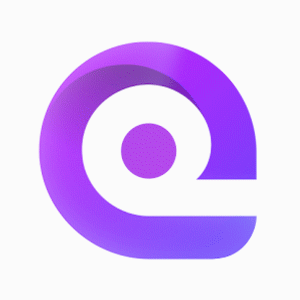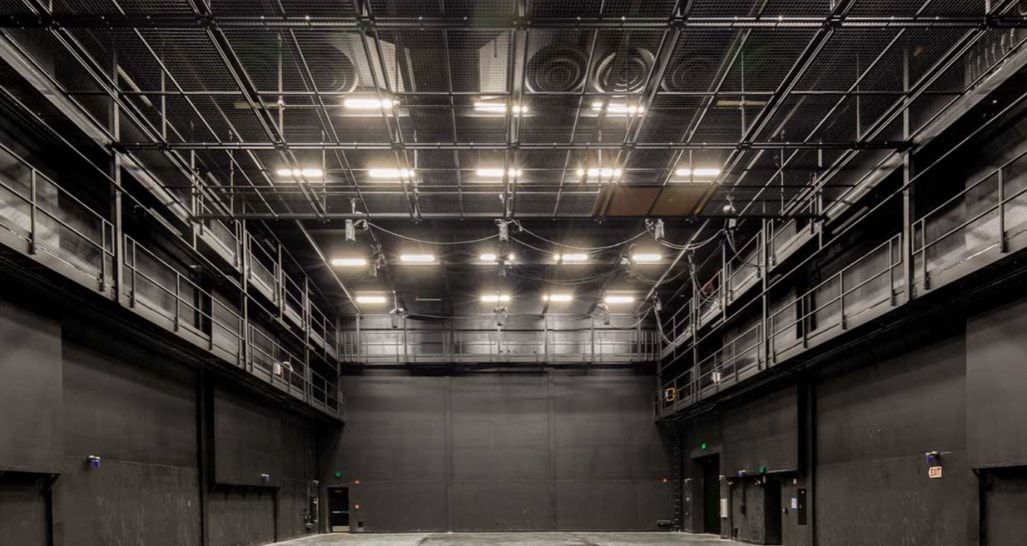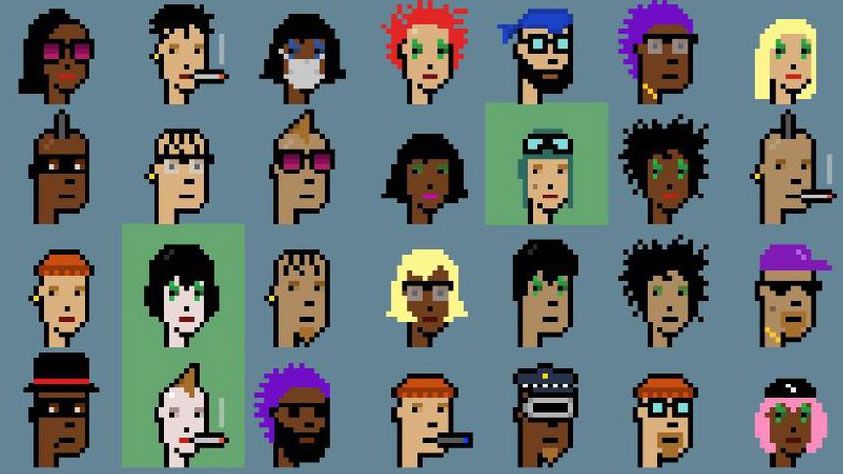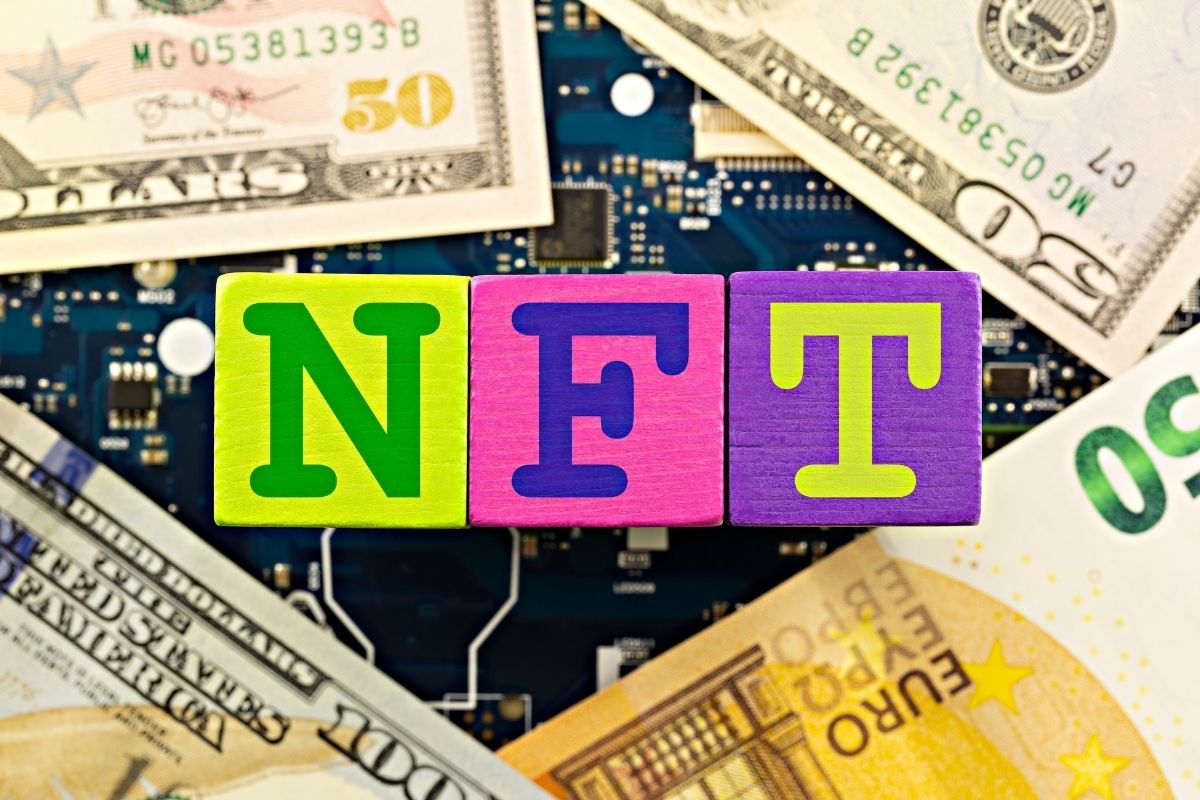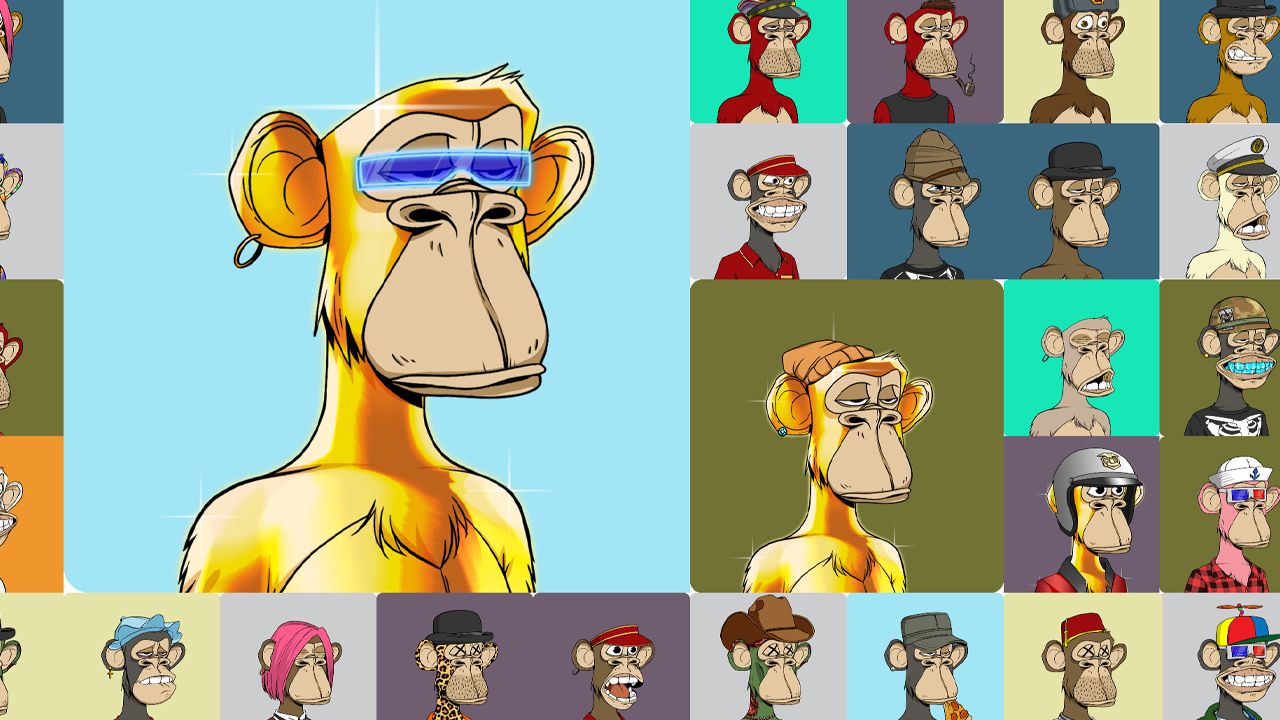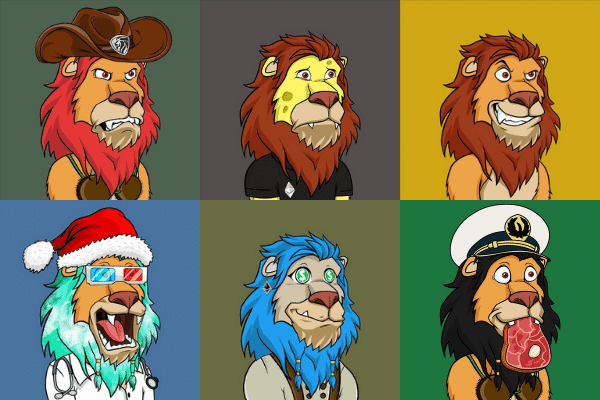Thought Piece
The Difference Between Static And Dynamic NFTs
A "static NFT" is an NFT with immutable features and data permanently stored on the blockchain. Simply stated, a static NFT cannot be changed. On the other hand, a "dynamic NFT" is an NFT whose characteristics and data are subject to continuous change by external influences.
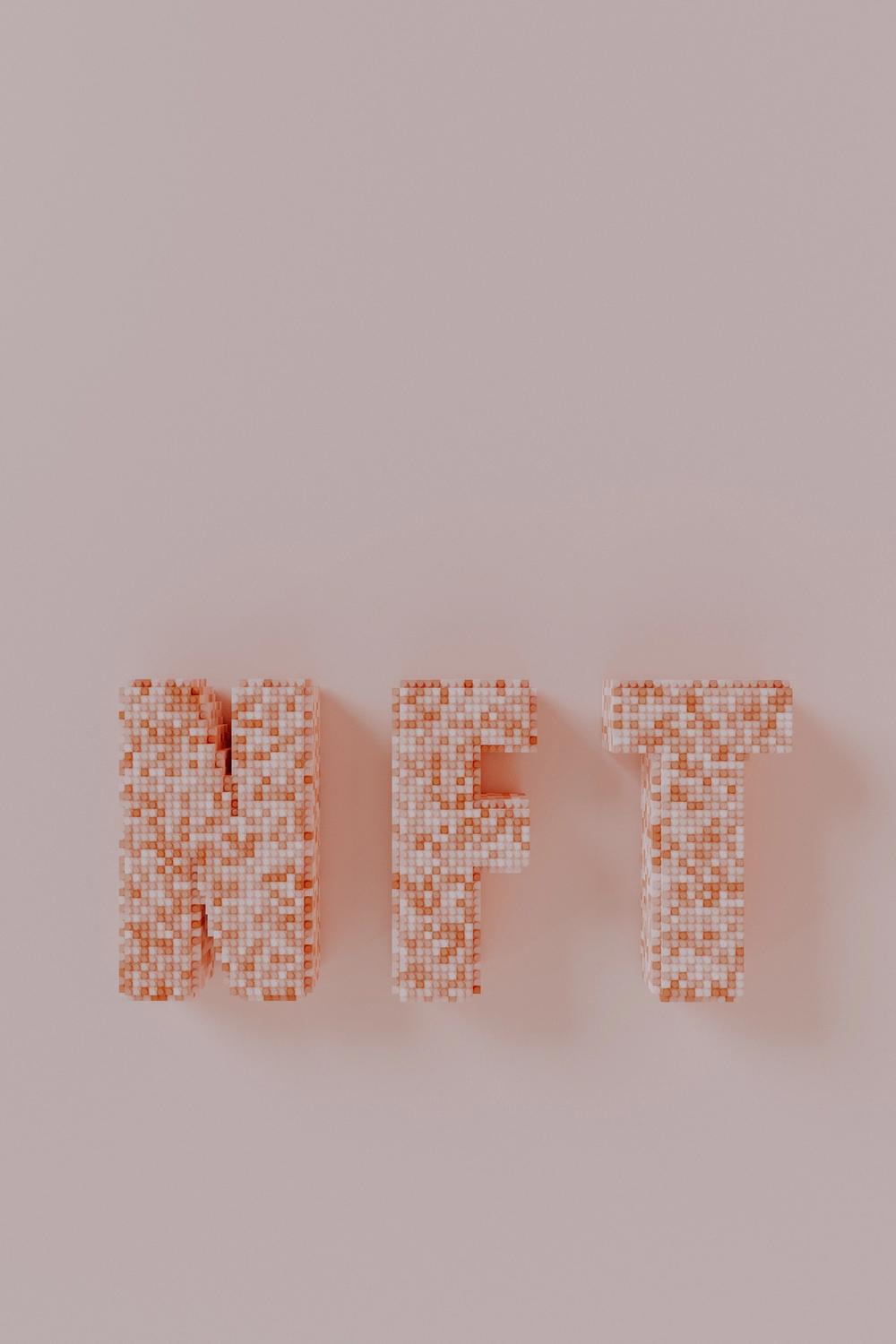
Technology has created numerous opportunities for animators to grow and advance their careers because of the many features it develops that encourage accessibility and convenience.
Selling digital assets on the blockchain is one of the more popular methods of achieving success. “NFT” is used in the art industry, particularly in the animation industry, to refer to the sale of NFTs.

Understanding What NFTs Are
A non-fungible token, or NFT, is a one-of-a-kind digital asset that represents physical objects such as digital images, tweets, photos, music, and videos. There are two types of NFTs the animated one that moves and the non-animated one that doesn’t.
NFT is a cryptocurrency in the same manner as Bitcoin or Ethereum. The difference is that these NFTs are not interchangeable with the same product. Instead, they contain valuable additional data that enables them to take the form of any digital file you own, such as GIFs, MP3, MP4, or JPEGs, transforming them into crypto art.
Static NFTs vs Dynamic NFTs
To be clear, when we say an NFT is "static," we are not referring to whether that NFT’s image is moving or not. Static NFTs can still include videos, animated visuals, unlocked aspects, and a variety of other unique intricacies that contribute to the excitement surrounding NFTs right now for both collectors and artists.
Instead, we're discussing its statistics. A "static NFT" is an NFT with immutable features and data permanently stored on the blockchain. Simply stated, a static NFT cannot be changed.
On the other hand, a "dynamic NFT" is an NFT whose characteristics and data are subject to continuous change by external influences.
A Closer Look At Dynamic NFTs
1. Why are dynamic NFTs necessary?
NFTs can be exchanged via blockchain-based platforms. However, there are also drawbacks: blockchains create a secure environment that is completely disconnected from other systems. NFTs are unable to interact with data that is not part of the blockchain due to these security features. Dynamic NFTs were explicitly developed to address this issue.
2. How does dynamic NFT work?
The so-called oracles overcome the connectivity problem in NFTs. Essentially, an oracle enables the NFT to access external data and systems. For instance, in an online game, the NFT could be the equipment that your character is equipped with. The latter can be upgraded using a dynamic NFT, and then the upgraded products can be easily added to your NFT and traded. Simply put, an NFT is dynamic when it changes in response to data or particular events. They're similar to event-based incentives.
3. How are dynamic NFTS used?
Here are some use cases of how dynamic NFTs are used to achieve significant benefits:
NFT Based On Competition
Multiplayer online games frequently suggest the presence of unique in-game items that provide players with an advantage. On the blockchain, games can mint uncommon game items such as NFTs — the ownership of NFT grants unique benefits to the player within the game. Additionally, by assigning a value to the actions, oracles can be utilized to transfer ownership and settle competition outcomes.
Rewards and Management Systems
Brands are constantly looking for innovative ideas to reward existing customers and attract new ones. Indeed, NFTs provide new tools for this goal, which rewards users with digital tokens.
Authenticity Verification
Dynamic NFTs are particularly advantageous for tracking and integrating unique assets into existing processes.
Assessment Updates
Asset values are dynamic and must be updated when assets are exchanged or used as collateral for loans and crediting processes. Oracles act as a gateway to trustworthy external data sources, whether via an API, a collection of numerous sources, or crowdsourcing.
Additionally, dynamic NFTs might be an excellent way to thank your fans. For instance, a limited-edition token will be created if a player scores a specified number of goals. Those who purchase or earn them will be rewarded with exclusive access to the players.
The Takeaway
To summarize, a dynamic non-fungible token (NFT) is a cryptocurrency that can react to real-world events. As previously said, it can provide many benefits to its users. This is almost certainly going to be the next blockchain revolution.


